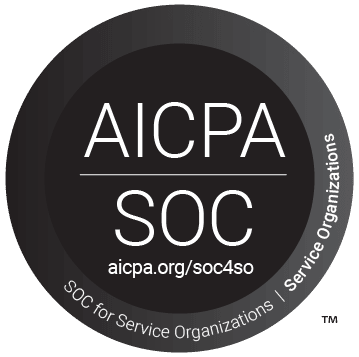This is a post in a series exploring the use of Android tablets and the iPad as kiosks. The kick-off post can be found here.
Let’s assume you understand the need for customer kiosks, and you’re ready to roll: you already know how a tablet kiosk can help you serve your customers, you’ve decided on enclosures to match your needs, and you know where you’re going to put them. Great. But let’s explore the next biggest question:
What do I display on this kiosk?
The popularity of the App Store has trained us all to jump right to solving mobile problems with native mobile apps, but that approach may be an overkill for your kiosk. Here are 3 alternatives that will give your kiosk an engaging, beautiful experience:
- Web content
- Video
- Images
Web content is great option both for your customers and for you. Your customers are familiar with the Web, so they won’t have a learning curve using your kiosk. Developing a solution is great because there’s an abundance of options available.
The Web has been around for almost 20 years, and people are used to doing all sorts of things from a browser: shopping, planning, research, communication, entertainment, presentations, social networking, and more. For most people, Web use is an established habit. That works in your favor: familiar things are easier to adopt, and Web interfaces are familiar.
Besides being familiar to users, Web interfaces give you lots of options for developing your kiosk experience. You may simply start by hosting some key pages from your company website. If you decide to develop a new experience with new content, you have a large community of Web developers available. In fact, you may have a team you already user regularly for Web work. The emergence of the HTML5 content markup language, combined with interactive scripting languages like Javascript, allow you to create powerful solutions for your kiosk.
Web interfaces are great for all of the kiosk use cases described in previous posts: user self-service, assisted sales, interactive signage, resource scheduling, and customer satisfaction.
A Web user experience is great, but sometimes a video kiosk can do the job. If you already have some great videos, a kiosk can be a great way to display those videos where your customers need to see them. In both signage and assisted sales, videos help your customer have a much better experience.
At other times, all your customers might need is the right image, or images, in the right place, and at the right moment. Images are great for signage use cases, letting your customers see what you mean.
Whether it’s Web, video, or image content, you need a simple way to deliver the content to your kiosk. The great news here is that there’s already an established content-distribution system that’s been around for almost 2 decades: the Web. You should be able to host your media on the Web, and just use the content’s URL to set your kiosk up.
These three simple user experience options let you cover a broad range of kiosk experiences without burning through piles of cash. They’re a great way to start lean to serve your customers. If you discover that there’s more you’d like to do with your kiosk, and Web, video, or images don’t do what your customer needs, then you can look into the next step of building a custom, native app for your kiosk.
Tablet kiosks open the playing field for your business, using commodity hardware to put the user experience right where it needs to happen. Tablets are affordable, and users love them. Enclosures look and work better than ever, and they, too, have great price points. The final part of the user experience, content, also fits in consistently with the affordable devices and enclosures by providing familiar, affordable, and flexible options for developing the user kiosk experience.
